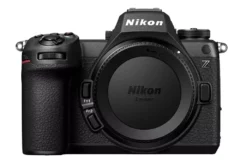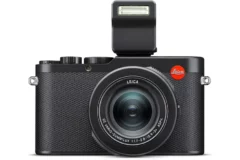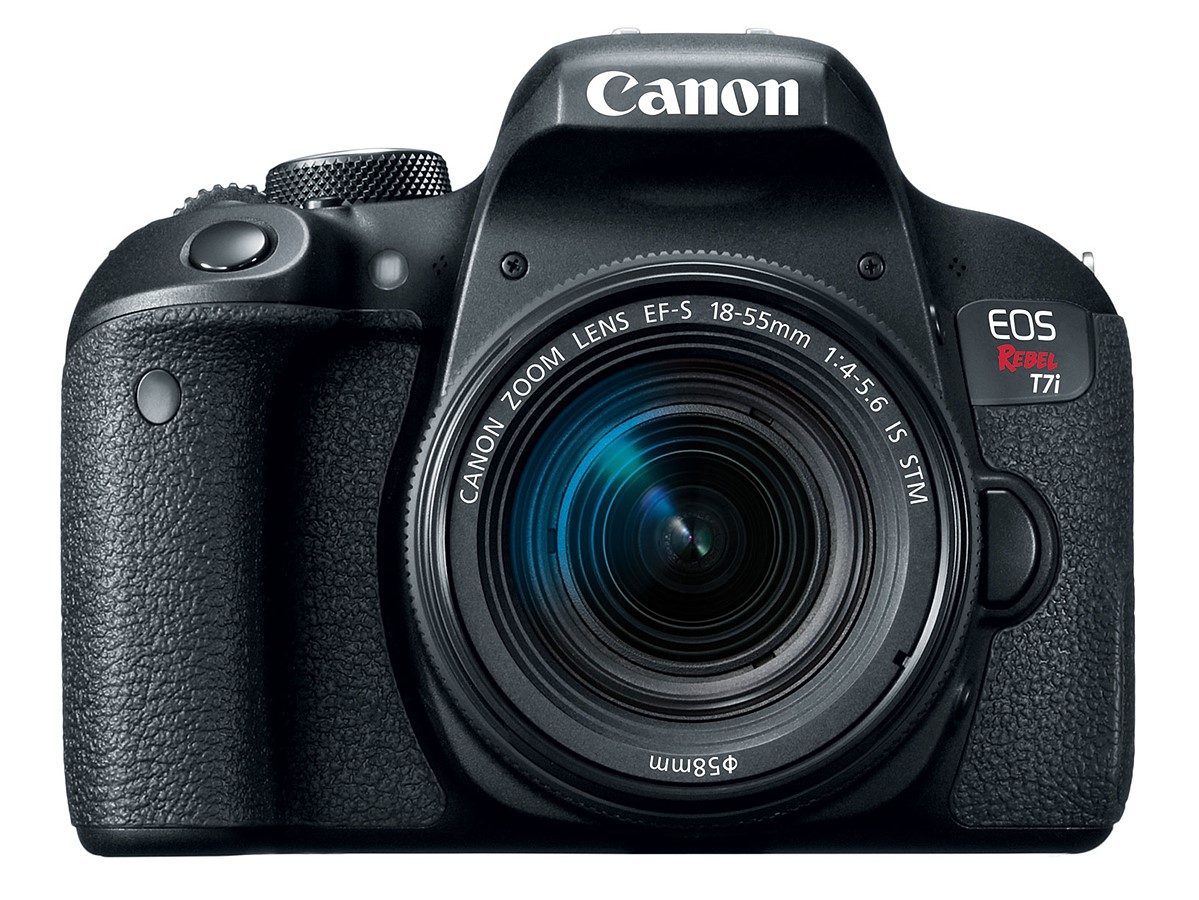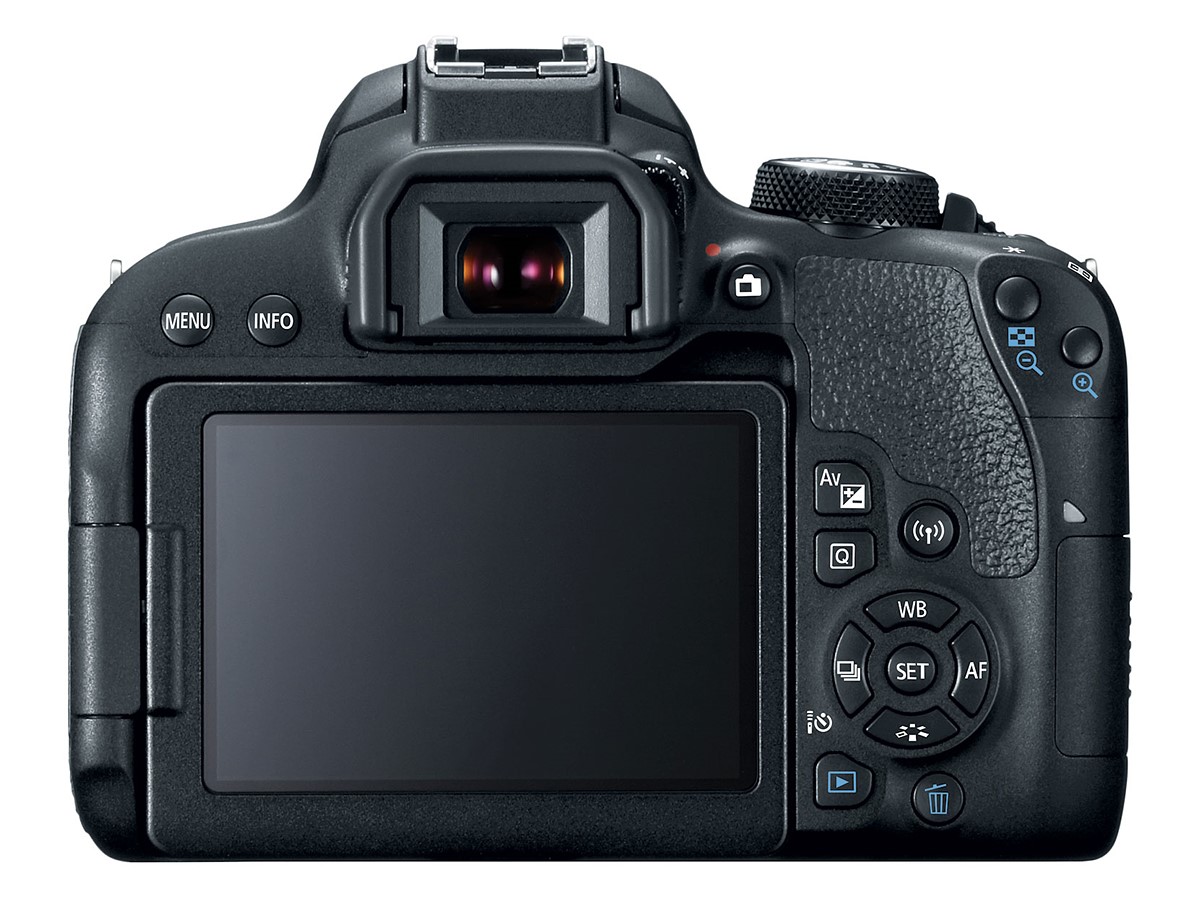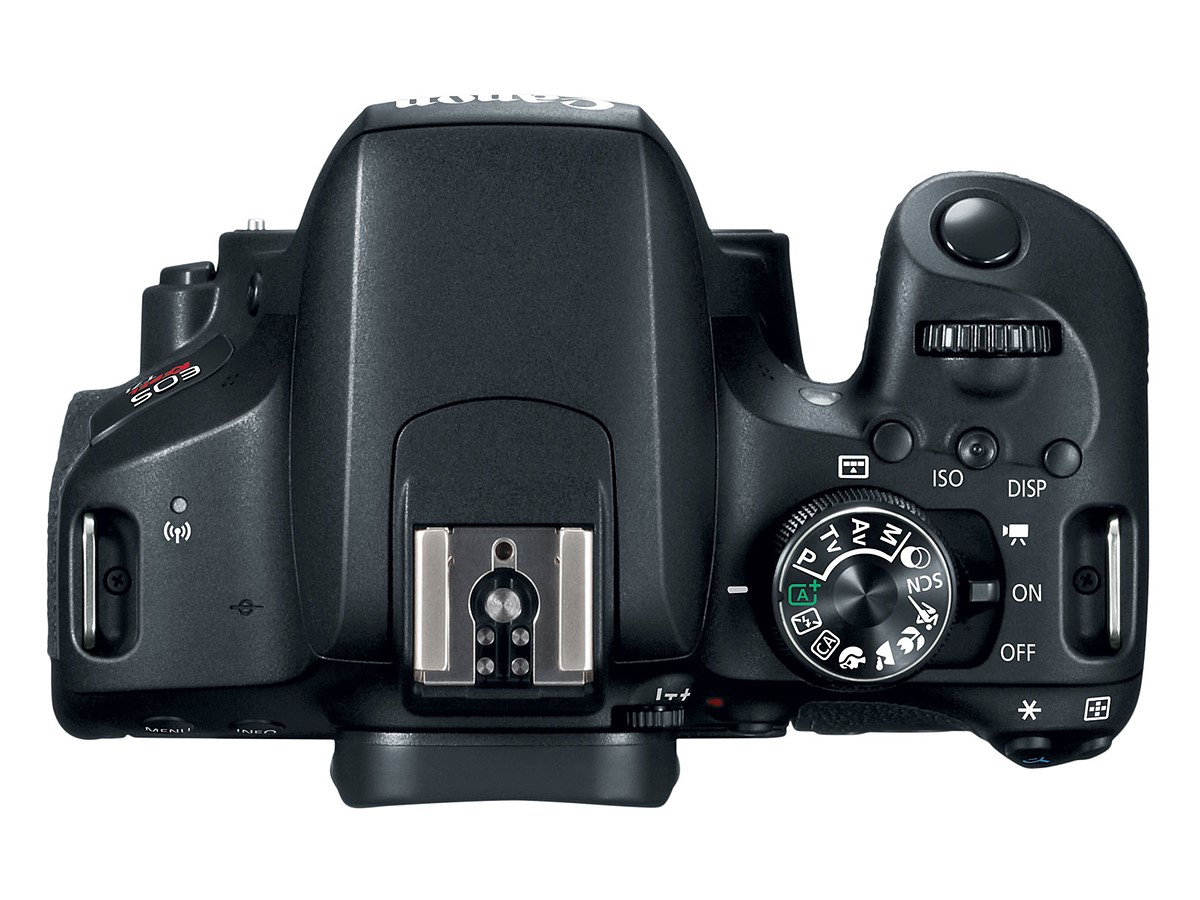Canon EOS Rebel T7i / 800D Announced with Dual Pixel AF
Canon announced its latest entry-level DSLR, the EOS Rebel T7i (known as the EOS 800D in most regions and the Kiss X9i in Japan).
The new Rebel T7i maintains the same 24.4MP resolution CMOS sensor as its T6i predecessor. Main differences are the 45-point all cross-type autofocus system used for viewfinder shooting, and Dual Pixel AF in live view.
Powered by Digic 7 image processor provides a slightly faster 6 fps burst rate. The specs list also includes a 3″ 1.04 million-dot touchscreen LCD. The DSLR comes with Wi-Fi, NFC and Bluetooth connectivity.
The Canon EOS Rebel T7i will go on sale in April for $750 body-only, $900 with the new EF-S 18-55mm F4-5.6 IS STM and $1300 with EF-S 18-135mm F3.5-5.6 IS STM.
| Check Camera Stores for Availability | ||
|---|---|---|
| Canon EOS Rebel T7i | $750 | Amazon | B&H | Adorama |
Canon EOS Rebel T7i / 800D Camera Officially Announced
The EOS Rebel T7i is the first camera in the EOS Rebel series with a 45-point, all cross-type AF system* within the Optical Viewfinder. It is also the first in the series with Dual Pixel CMOS AF with Phase-detection and the first with a DIGIC 7 Image Processor. Creative filters for both still images and video will allow users to customize the look and feel of their content in new and imaginative ways.
Key Features
- 24.2MP APS-C CMOS Sensor
- DIGIC 7 Image Processor
- 3.0″ 1.04m-Dot Vari-Angle Touchscreen
- Full HD 1080p Video Recording at 60 fps
- 45-Point All Cross-Type Phase-Detect AF
- Dual Pixel CMOS AF
- Up to 6 fps Shooting and ISO 51200
- Built-In Wi-Fi with NFC, Bluetooth
- HDR Movie and Time-Lapse Movie
- Movie Electronic IS, Feature Assistant
When designing the new EOS Rebel T7i, Canon took into consideration feedback from entry-level photographers who expressed interest in learning to go beyond the program mode of a DSLR camera. Users will now be able to see on-screen how switching modes on the mode dial or tweaking settings can alter the image they are about to capture, guiding photographers on their way to capturing more compelling images, such as ones with a shallower depth-of-field or being able to give moving-subjects a frozen or flowing look.
